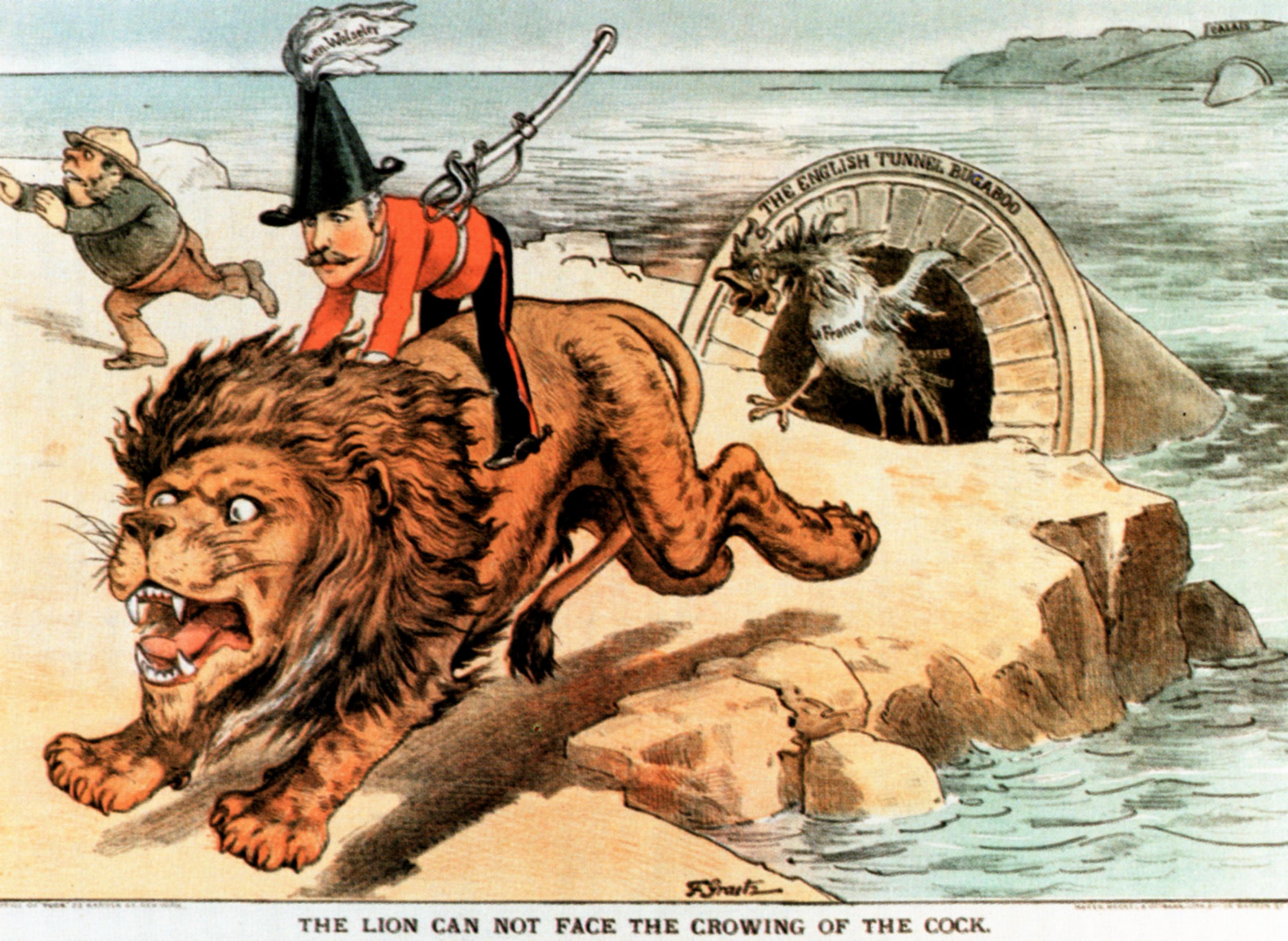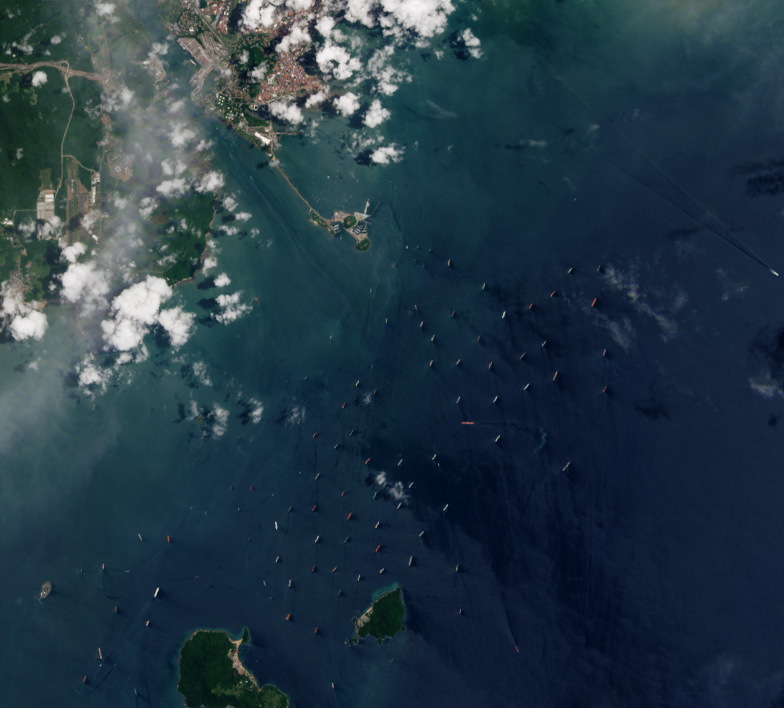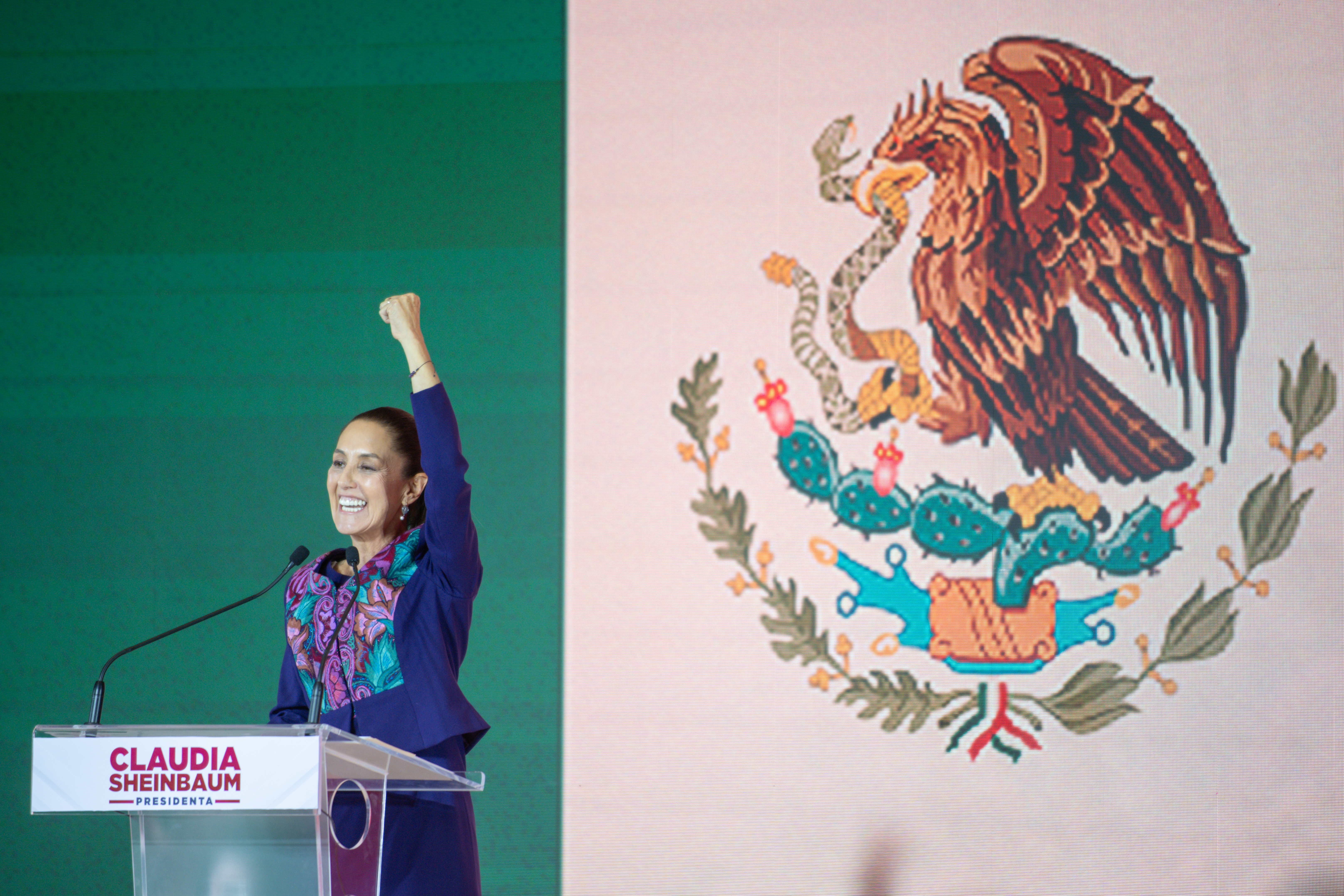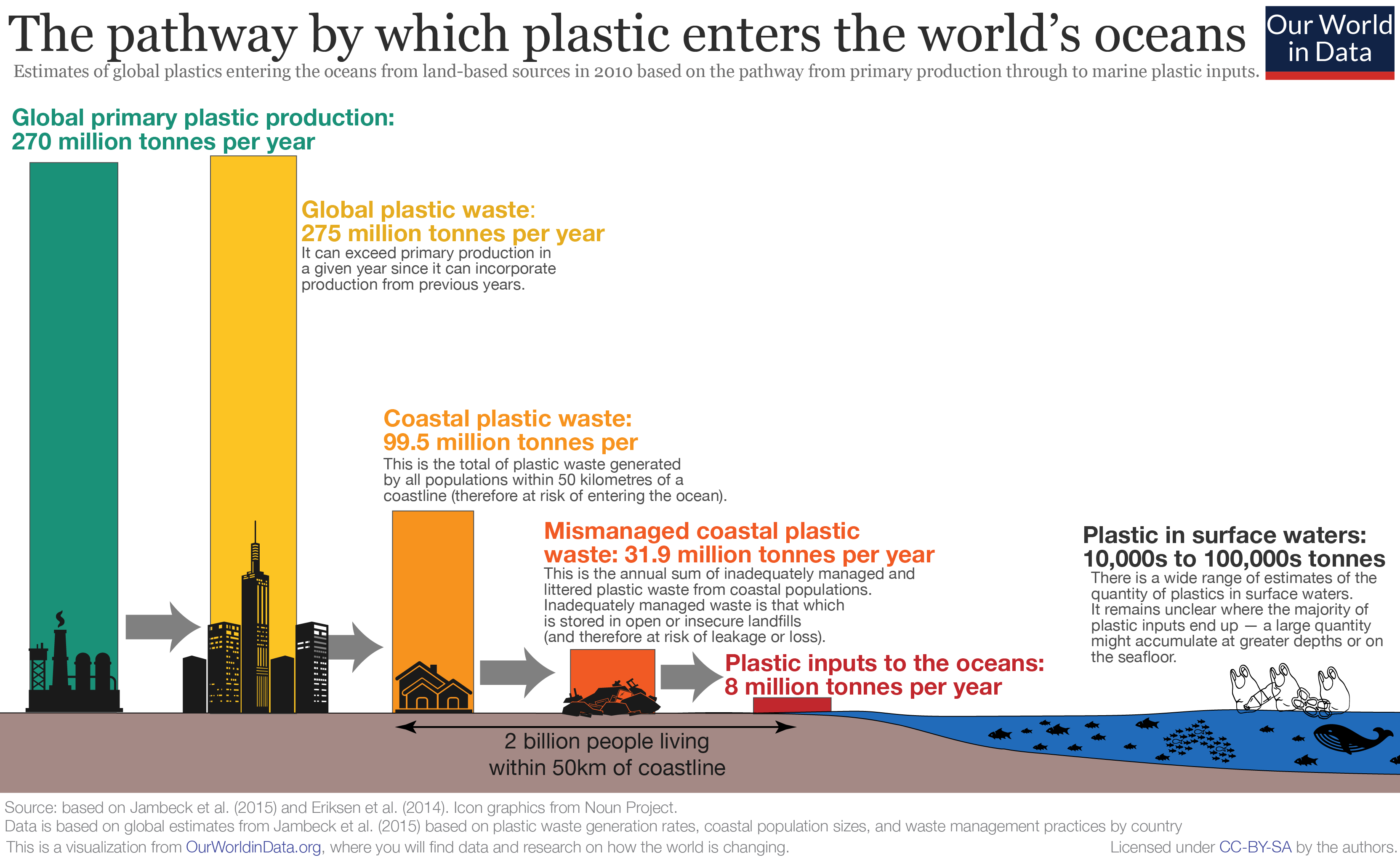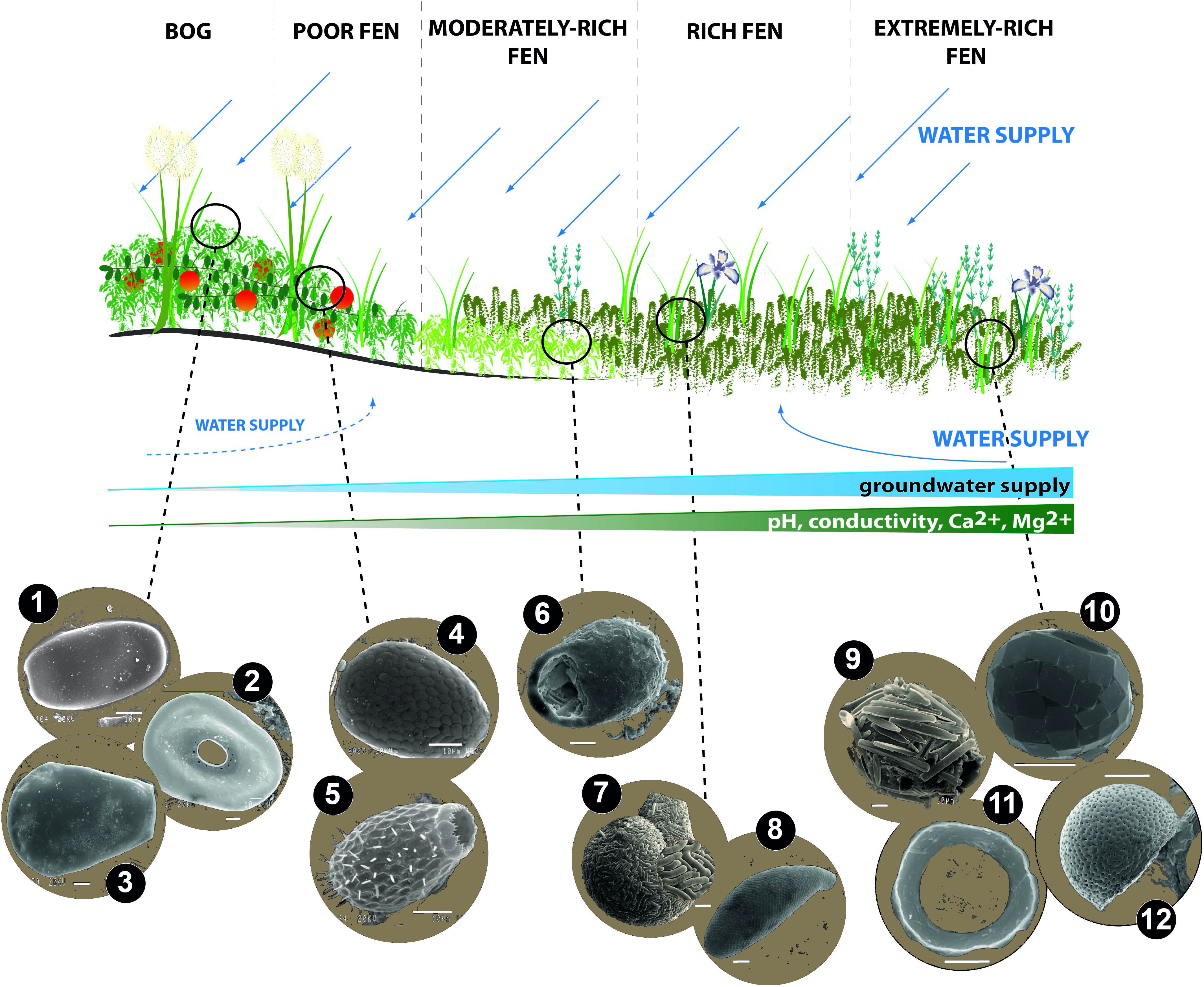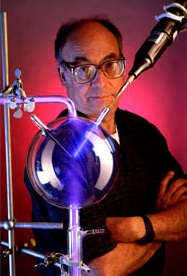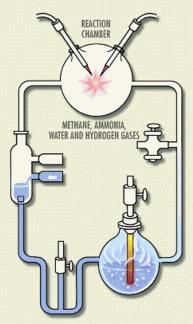
Wildfires are increasing in severity with drought. California began 2025 with a conflagration in the Los Angeles area accelerated by high winds. In 2024, across the United States, over 61,000 fires burned more than 8,000,000 acres.

Globally, wildfires observed by the Copernicus Atmosphere Monitoring Service (CAMS) not only destroyed land, particularly in North and South America, but emitted 1,940 megatonnes of carbon monoxide, and deadly particulate matter. While the first response to a wildfire is saving lives, and then homes and businesses, the impact on air pollution is also an important factor.

With climate change, planetary warming, and increasing drought, fires will be a problem well into the future. What are some ways we can defend and protect against wildfires?

Defensible Space: our modern day lawns are the result of medieval fire defense. Castles were surrounded by fields: in order to spot encroaching enemies who might attack or set fire to grasses and plants, lords of the manor required areas around the castle be scythed. Cut grass became an upper class symbol that gave us modern day lawns. But according to FEMA guidelines for wildland/urban interface construction, defensible space can be improved. Southern Nevada Water Authority recently passed the first ever permanent law against “non-functional turf” – no more lawns after 2027. Landscaping designers might offer xeriscaping, saving water and protecting against fire.

Housing Shortages and Urban Expansion: California leads the Western United States in building in locations with high risk for fire, but Utah is second, followed by Colorado and Arizona. Wildland/Urban Interface is the term: California is an example, building 10,000 homes in the last decade in areas prone to wildfire. Urban sprawl also leads to traffic congestion as workers commute into the city from far-flung locations in order to afford housing. Solutions to housing must be part of future municipal planning, particularly when new housing areas are developed in fire or flood zones.

Water Infrastructure: In times of drought, water scarcity can lead to difficult decisions about how to allocate water. California’s residential population uses only 10% of the state’s water: agriculture drains far more. Should crops like almonds that require large amounts of water be subject to special taxing?
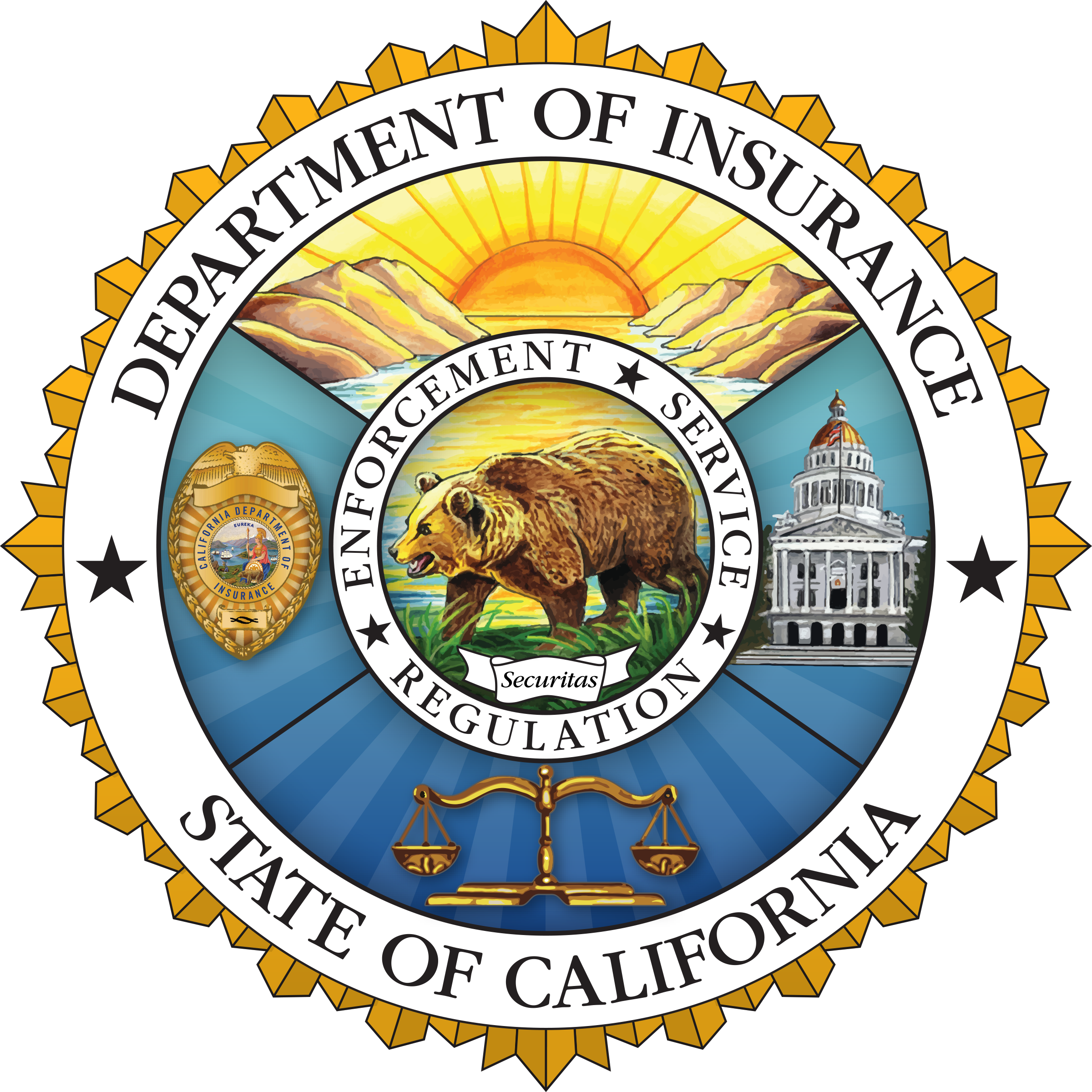
Insurance: An estimated 16,500 properties have been lost so far, in the Palisades and Eaton fires that consumed 38,000 acres to date: the Kenneth and Hurst fires are yet to be tallied. The Insurance Information Institute reported some companies had stopped issuing new homeowner policies, responding to a California requirement that insurance companies must hold certain reserves. University of California Berkeley’s Center for Law, Energy, and the Environment observed that profitability for existing companies will be severely restricted. Some homeowners resorted to California’s FAIR plan, insurer of last resort, but even that resource is now threatened. Globally, the insurance industry is increasingly denying payouts for rebuilding in zones with repeated losses.

Building Materials: wood has been a preferred material for structures because of its strength and availability. But the history of London Bridge might send a warning: the span was crossed by timbers during Roman times. But in 1176 King Henry II selected Peter de Colechurch to construct, next to the existing wooden span, a stone bridge. London Bridge burned again in 1632. Today, roof coverings, siding, decks, and houses should be built with noncombustible or fire-resistant materials. Windows and attic vents pose vulnerabilities unless specifically protected, because once breached, these apertures can allow fire to enter a dwelling. Top five fire-resistant building materials are: fire-resistant glass for windows; concrete for structures, especially new formulations of Insulating Concrete Form (ICF); stucco made of Portland cement, sand, and lime; gypsum board for drywall; and brick or stone.

Community: Help those affected by fire, loss of home by contributing to community outreach including free Airbnb options, hotels helping the homeless, and even free showers at gyms like Planet Fitness. Find giving and helping opportunities to help those in need.
Allen, Greg. “California’s wildfires may also be catastrophic for its insurance market.” 13 January 2025. NPR. AUDIO. https://www.npr.org/2025/01/13/nxs1-5256381/californias-wildfires-insurace-market
Brooke, K. Lusk. “River Real(i)ty: Drought, fire, future habitats.” Case # 3. Renewing the World: Casebook for Leadership in Water. ISBN: 9798985035957. https://renewingtheworld.com
Clayton, Abené. “LA fires forecast to be costliest blaze in US history with estimate of over $200bn in losses.” The Guardian. 13 January 2025. https://www.theguardiancom/us-news/2025/jan/13/la-fires-wildfire-economic-losses
Copernicus Atmosphere Monitoring Service (CAMS). “Wildfires 2024.” VIDEO. https://youtu.be/TEMMcNEI6Io and http://atmosphere.copernicus.edu/cams-global-wildfires-review-2024-harsh-year-americas
Davidson, Frank P. and K. Lusk Brooke. “London Bridge” Volume One, Chapter 8. Building the World. 2006. ISBN: 0313333734.
FEMA. “Home Builder’s Guide to Construction in Wildfire Zones: Technical Fact Sheet Series.” https://wildfiretoday.com/documents/FEMA_home_builders_guide_wildfire_zones.pdf
Hughes, Amy R. and Mark Powers. “How to Build a Fireproof Home.” This Old House. https://www.thisoldhouse.com/natural-disasters/21015405/how-to-build-a-fireproof-home
National Centers for Environmental Information. “Annual 2024 Wildfires Report.” January 2025. https://www.ncei.noaa.gov/access/monitoring/monthly-report/fire/202413
Priceonomics and Cape Analytics. “The Wildfire West: Where house sprawl and wildfire-prone areas collide.” 2020. https://priceonomics.com/the-wildfire-west-where-housing-sprawl-and/
Renewing the World: Water. Database of Water Laws. FREE Download. https://renewingtheworld.com/files/samples/Renewing-The-World-Water-Database-Laws.pdf
Singer, Gabe. “Owners of a fire-resistant house in LA hope city rebuilds smarter.” MSN. https://www.msn.com/en-us/video/peopleandplaces/owners-of-a-fire-resistant-house-in-la-hope-city-builds-smarter/
Southern Nevada Water Authority. Assembly Bill No 356, 22 March 2021. https://www.leg.state.nv/us/Session/81st2021/Bills/AB/AB356_R1.pdf
Appreciation to Evan T. Litwin for contributing research.
Building the World Blog by Kathleen Lusk Brooke and Zoe G. Quinn is licensed under a Creative Commons Attribution-NonCommercial-NoDerivs 3.0 U

